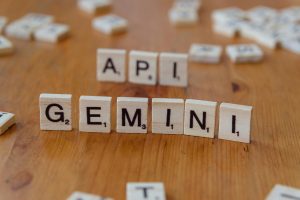How can an AI NOT be a next word predictor? What’s the alternative?
Rethinking AI: Beyond Next-Word Prediction
In the ongoing discourse surrounding artificial intelligence, one prevalent viewpoint is that current language models, often referred to as LLMs, are merely advanced mathematical systems focused on predicting the next word or token in a sequence. This perception raises questions about the true nature of intelligence within machines and whether these models can aspire to anything more than sophisticated autocomplete features.
However, let’s take a moment to envision our future—hundreds, perhaps even thousands of years from now. In this imagined landscape, we encounter a form of artificial general intelligence (AGI). Given its digital essence, communication becomes paramount. But how might such an entity express itself if not through a dynamic flow of language or requests?
It’s worth contemplating why the operation of these models, which often appear to lack absolute certainty, reflects a range of possibilities—continuous distributions of potential words or actions—rather than fixed outputs. This fluidity is not only natural but perhaps necessary in mimicking human-like communication and decision-making processes.
As someone with a background in machine learning, both through professional endeavors and personal experimentation, I have hands-on experience with neural networks and the foundational concepts of backpropagation. My understanding of the existing architectures of LLMs leads me to conclude that while their methodologies are grounded in math, they reflect complex behaviors that can transcend mere mathematical output.
An artificial intelligence, by its very definition, must operate on algorithms and mathematical principles. Every algorithm must yield some form of output to be deemed functional and relevant. Thus, I pose this question to those skeptical of current AI capabilities:
What criteria should we employ to define an AI’s methods of output? In what ways should it engage with us to distinguish itself from being merely a highly advanced autocomplete system? Despite the sophistication of any model, it ultimately requires a means to convey its output. The process of predicting the next token may well be as valid a method as any other.
As we delve deeper into the realm of AI, it’s crucial to contemplate not only its current applications but also its potential future forms of communication and interaction. The dialogue around intelligence in machines is just beginning, and exploring these facets may lead us to a richer understanding of what it means to be truly intelligent.














Post Comment